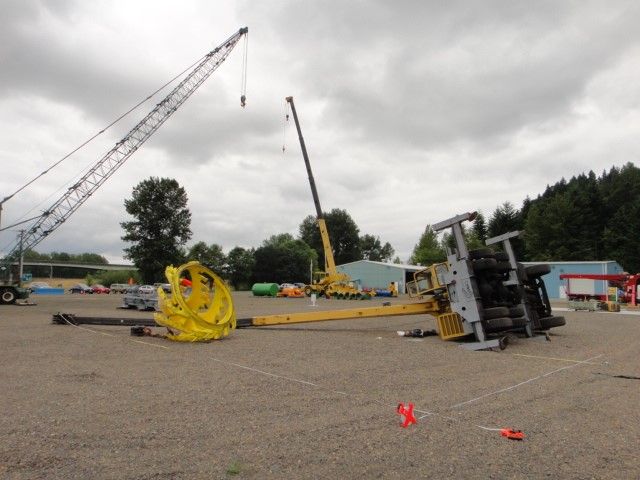In recent years, virtual reality (VR) has emerged as a powerful tool for organizations to enhance their training programs.
VR offers a unique opportunity to engage learners in a way that traditional training methods simply cannot through its ability to create immersive, realistic simulations of various scenarios. But when does it make sense for an organization to adopt VR for its training program? In this blog, we will explore some of the key factors that organizations should consider when evaluating whether VR is the right choice for their training needs.
Explore ITI's groundbreaking VR Simulation Training for Crane & Rigging applications.
1. High-Risk or Complex Scenarios:
One of the most compelling use cases for VR training is scenarios that are high-risk or too complex to simulate in real life. For example, training airline pilots in emergency situations or teaching surgeons new techniques without putting real patients at risk. Similarly, Crane and Rigging VR training removes workers from high-risk scenarios while effectively training on the specific equipment they will be operating. By simulating these scenarios in a virtual environment, organizations can ensure that their learners are fully prepared for the real thing without the potential for injury or other negative consequences.
VR allows learners to make mistakes and learn from them in a safe and controlled environment.

2. Expensive or Difficult to Access Equipment:
Another scenario where VR can be beneficial is when the equipment required for training is expensive or difficult to access. For example, teaching technicians how to repair or operate complex machinery. With VR, organizations can create simulations of these scenarios and provide learners with the opportunity to practice using the equipment without the need for physical machinery. This can save time and money while still providing learners with valuable experience.
VR can also be a useful tool for organizations with remote or distributed teams. By creating virtual training environments, organizations can provide consistent training experiences for learners regardless of their location. This can be especially beneficial for global organizations with employees in different time zones, languages, and cultures. VR can also be a more engaging way to deliver training to remote teams, as learners can feel like they are in the same room even when they are thousands of miles apart.
Finally, VR can be a great choice when organizations are looking to create engaging and immersive training experiences. By simulating realistic scenarios, organizations can help learners feel more connected to the material and make the training more memorable. By creating scenarios that allow learners to practice these skills in a realistic environment, organizations can help their learners develop these competencies more effectively.
.png?width=1554&height=796&name=MicrosoftTeams-image%20(95).png)
Virtual reality can be a powerful tool for organizations looking to enhance their training programs. Whether it's high-risk scenarios, expensive equipment, remote teams, or immersive training experiences, VR provides a unique and valuable learning experience for learners. However, VR is not always the right choice, and organizations should carefully consider their needs and objectives before investing in this technology.
ITI’s Training Consultants are experts in helping organizations of all sizes to create the most effective training plans for our clients. We work with you to develop custom learning paths and performance indicators that help get the most from your investment in your team.
Contact an ITI VR Training Specialist today and let’s get started!





COMMENTS